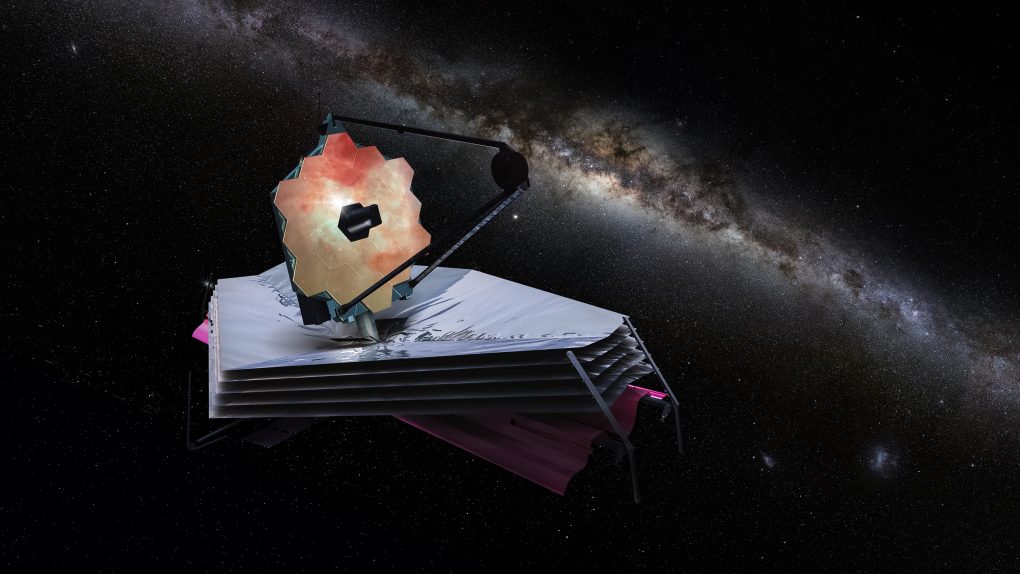The James Webb Space Telescope is the most powerful telescope that humans have ever built, and that power has allowed us to look deeper into our universe than ever before. Now, Webb’s observations have provided a new look at the iconic Supernova 1987A, revealing hidden structures that may have helped shape the supernova remnant itself.
The new image, which was released by the Webb telescope team, showcases the Supernova in vivid detail. Captured using the telescope’s Near-InfraRed Camera (NIRCam), it showcases a central area that looks similar to a keyhole. The Webb team says this central structure is made up of clumpy gas and dust that is so dense that Webb’s infrared light can’t pierce it.
That dark hole in the center is surrounded by a bright, equatorial ring, which helps to form a band around the center, giving Supernova 1987A its iconic shape. It’s these center structures, which are made of gas and dust, that the Webb team says help give the supernova outer rings their hourglass shape.

These images provide the most detailed and high-resolution look that we’ve ever had of the iconic Supernova 1987A, which has been studied in-depth since its discovery. However, previous observations by NASA’s Spitzer telescope were never able to provide this much detail and depth to the inner workings of the supernova remnant.
Despite how much we have studied this supernova, the Webb team says there are still several mysteries surrounding it, particularly around the neutron star that should have formed after the supernova. Perhaps deeper investigations by the James Webb and by future telescopes will help us better understand this cosmic entity.
If nothing else, though, James Webb continues peeling away some of our universe’s mysteries. And each layer we peel away seems to give birth to a new mystery for astronomers to dig into.








